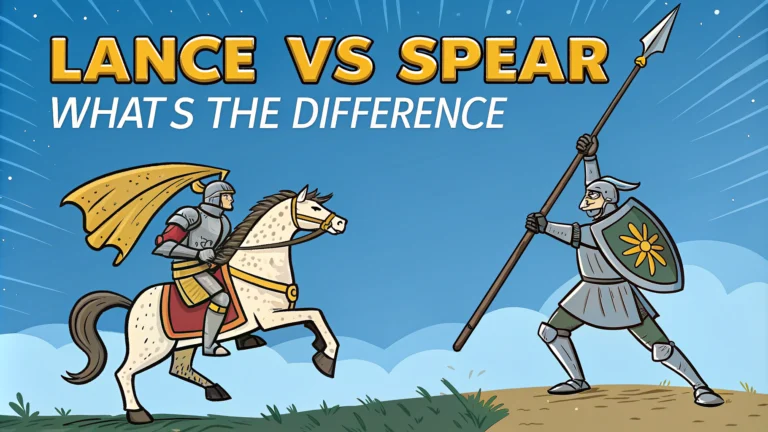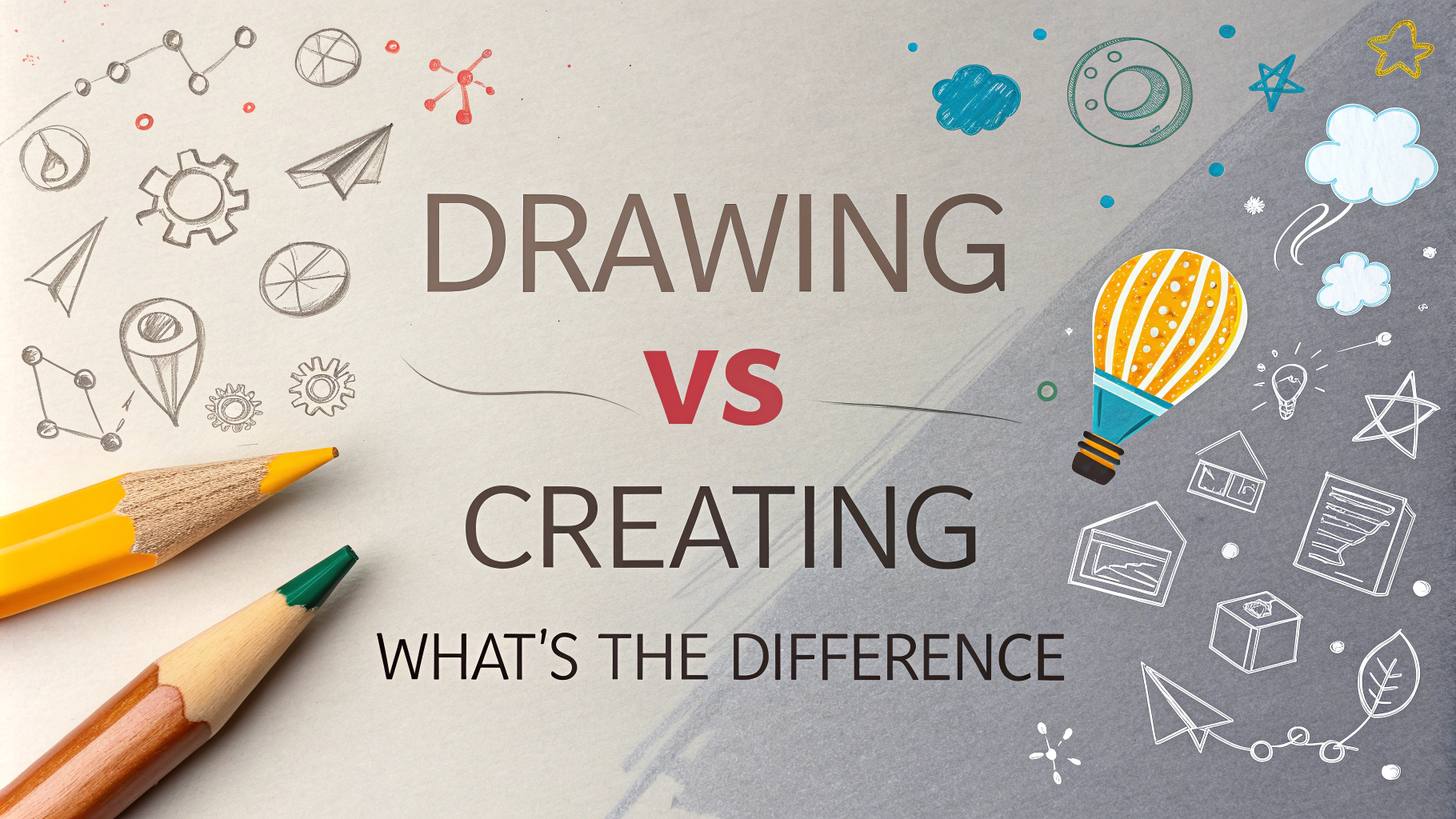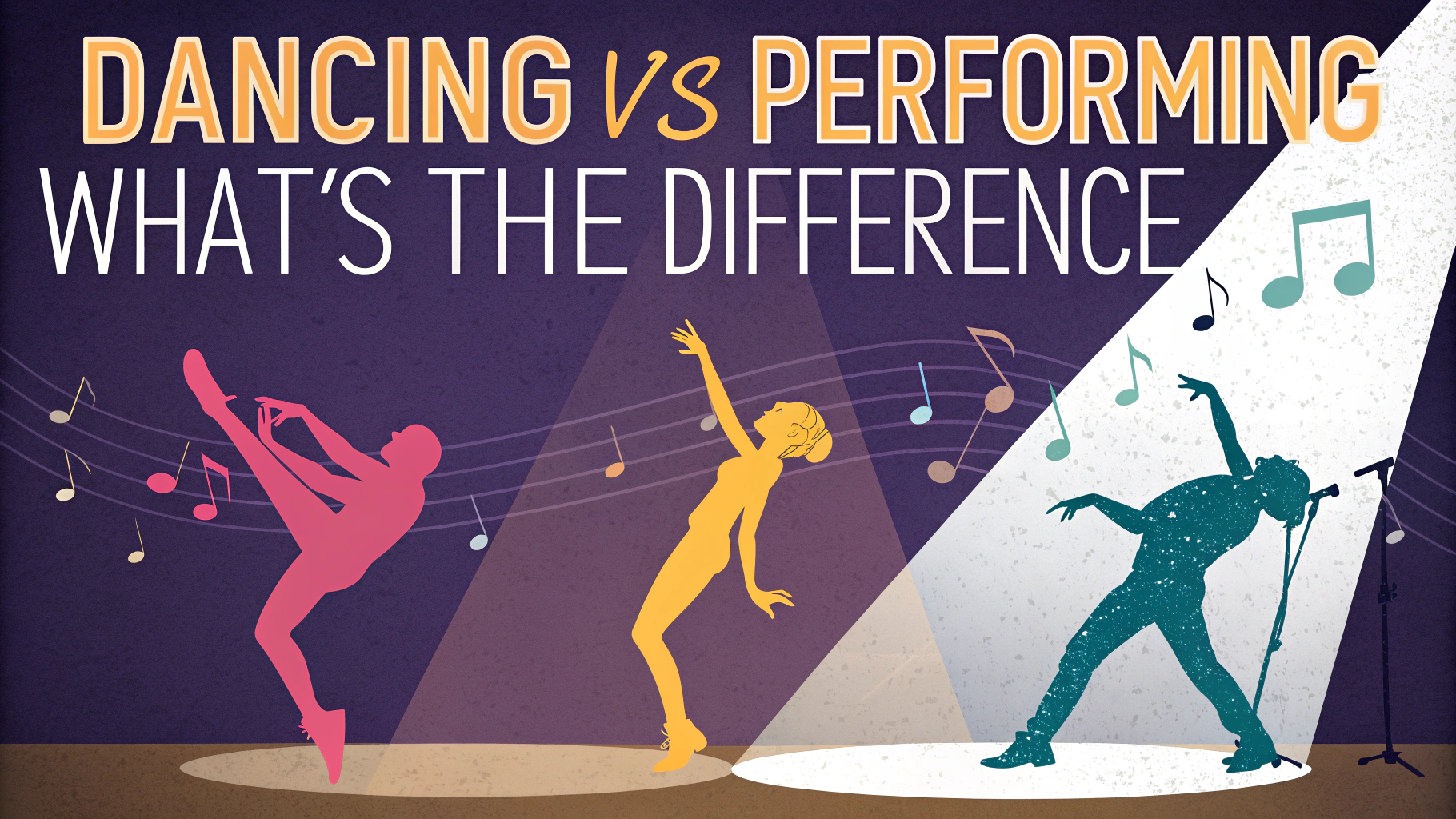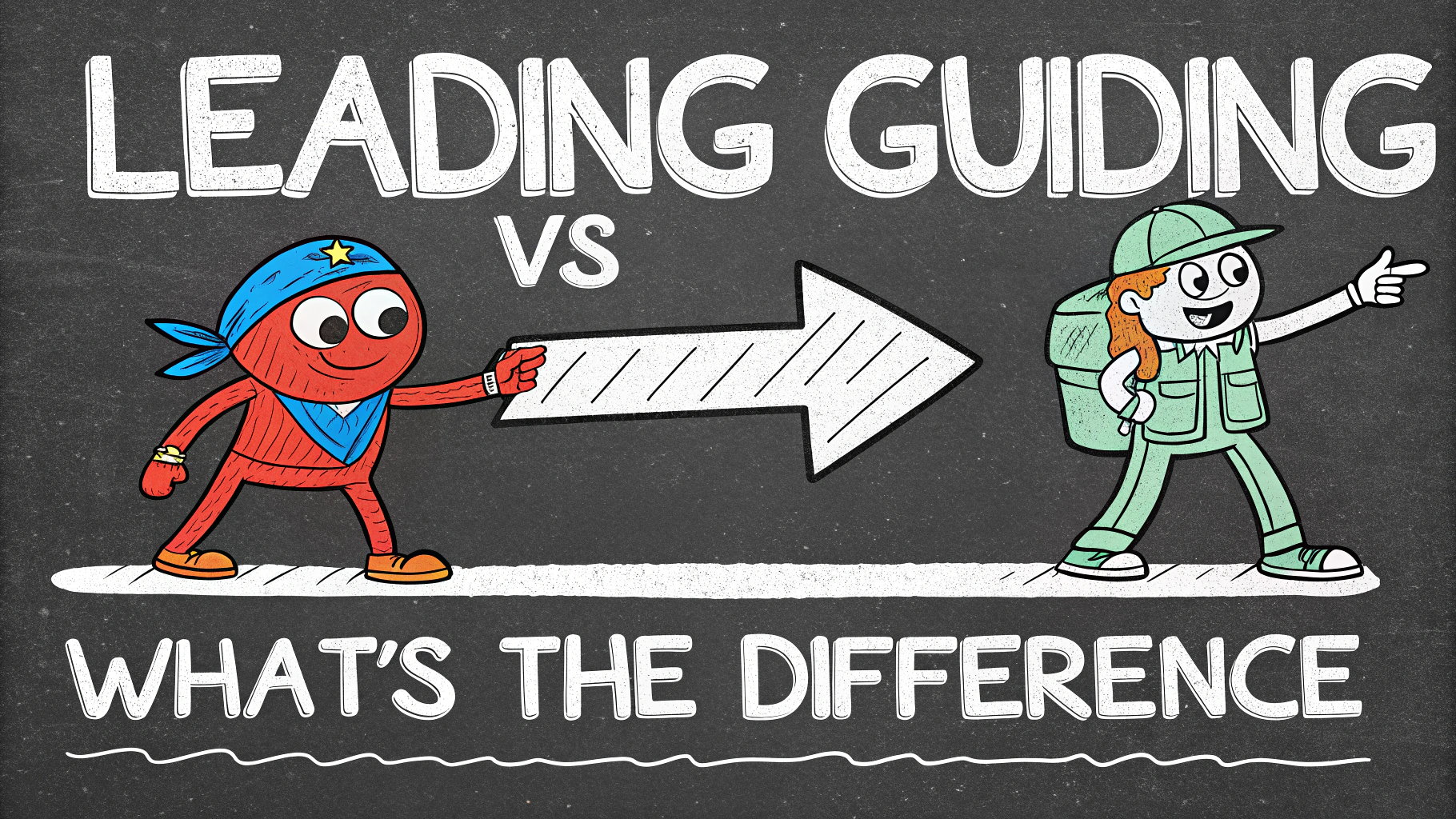The clash of lance against spear echoes through history, shaping warfare and martial arts. These iconic weapons, each with unique strengths, have been pivotal in countless battles.
This article explores the key differences between lances and spears, their historical significance, and their impact on combat tactics. We’ll examine the advantages and disadvantages of each weapon, helping you understand their roles in both mounted and infantry warfare.
Defining Lances and Spears
Lances and spears are both pole weapons, but they have distinct characteristics:
- Lance: Longer, heavier, and primarily used by mounted cavalry
- Spear: Shorter, more versatile, and used by both infantry and cavalry
Understanding these differences is crucial for appreciating their roles in combat and historical context.
Historical Evolution and Usage
Tracing the development of lances and spears reveals their adaption to changing warfare:
- Spears: Ancient origins, used by various civilizations
- Lances: Evolved from spears, became prominent in medieval cavalry charges
This evolution reflects changing military tactics and technological advancements in armor and horseback riding.
Comparative Advantages in Combat
Each weapon offers unique benefits in battle:
| Lance | Spear |
|---|---|
| Greater reach | More versatile |
| Powerful impact in cavalry charges | Effective in both offense and defense |
| Intimidating presence on the battlefield | Easier to maneuver in close quarters |
These advantages influenced tactical decisions and the composition of historical armies.
Impact on Warfare and Tactics
The use of lances and spears shaped military strategies:
- Lance formations: Devastating cavalry charges
- Spear walls: Effective infantry defense against cavalry
Understanding these tactics provides insight into the ebb and flow of historical battles and the evolution of warfare.
Training with Lance and Spear
Mastering lance and spear techniques requires dedicated practice and understanding of their unique characteristics. Here’s how to approach training with these weapons:
Lance Training
- Mounted exercises: Practice couching the lance while riding
- Target practice: Use quintains or rings to improve accuracy
- Weight training: Build upper body strength for better control
Spear Training
- Footwork drills: Enhance mobility and stance
- Thrusting techniques: Practice precise strikes at various distances
- Defensive maneuvers: Learn to block and parry with the shaft
Incorporating both individual and group exercises enhances overall proficiency with these weapons.
Modern Applications and Adaptations
While lances and spears are no longer used in warfare, their legacy continues in various forms:
- Martial arts: Many traditional styles incorporate spear techniques
- Historical reenactments: Recreating medieval battles and tournaments
- Sports: Jousting competitions and spear throwing events
These modern adaptations keep the spirit of lance and spear combat alive, offering insights into historical martial practices.
Choosing Between Lance and Spear
When selecting between a lance and spear for historical study or reenactment, consider:
| Factor | Lance | Spear |
|---|---|---|
| Skill Level | Advanced | Beginner to Advanced |
| Versatility | Limited | High |
| Historical Period | Primarily Medieval | Ancient to Medieval |
Your choice should align with your interests, physical capabilities, and the specific historical context you’re exploring.
Conclusion
The lance and spear, pivotal weapons in military history, offer unique insights into the evolution of warfare and combat techniques. Their distinct characteristics shaped battles, tactics, and martial traditions across centuries.
Key takeaways:
- Lances excel in mounted combat, while spears offer versatility
- Both weapons require specific training techniques
- Modern applications keep their legacy alive
- Choosing between them depends on your interests and goals
Understanding these iconic weapons enhances appreciation for historical martial arts and military strategies. Whether for study, reenactment, or martial arts practice, the lance and spear continue to fascinate and challenge enthusiasts worldwide.
FAQs: Lance vs. Spear
1. What’s the main difference between a lance and a spear?
The primary difference lies in their design and use:
- Lances are longer, heavier, and primarily used by mounted cavalry
- Spears are shorter, more versatile, and can be used on foot or horseback
2. Which weapon has a longer reach, a lance or a spear?
Typically, a lance has a longer reach than a spear. Lances can be up to 14 feet long, while spears usually range from 6 to 8 feet in length.
3. Can a spear be used effectively against a mounted lancer?
Yes, a spear can be effective against a mounted lancer when used in formation, such as a spear wall or pike square. These tactics were developed specifically to counter cavalry charges.
4. What are the advantages of using a lance in medieval warfare?
Lances offer several advantages in medieval warfare:
- Increased impact force due to the rider’s momentum
- Longer reach, allowing riders to strike before being struck
- Psychological intimidation against infantry
5. How did the use of lances evolve in jousting tournaments?
In jousting, lances evolved to become more specialized:
- Hollow, breakable lances were introduced for safety
- Specialized tips (coronels) were added to reduce injuries
- Lances became lighter to improve maneuverability
6. What materials were commonly used to make lances and spears?
Both weapons were typically made from:
- Wood (ash, pine, or oak for the shaft)
- Metal (iron or steel for the tip)
Lances often featured additional materials like leather grips and decorative elements.
7. How does the weight distribution differ between lances and spears?
- Lances: Weight is concentrated towards the tip for maximum impact
- Spears: More evenly balanced for versatile use and throwing
8. Were there any famous historical battles where lances played a crucial role?
Yes, lances were crucial in several battles, including:
- The Battle of Hastings (1066)
- The Battle of Crécy (1346)
- The Battle of Agincourt (1415)
9. How did the development of firearms impact the use of lances and spears?
The rise of firearms led to a gradual decline in the use of both weapons:
- Spears evolved into pikes, then bayonets
- Lances became ceremonial or were used in limited cavalry roles
10. What are some modern sports or martial arts that use spear-like weapons?
Several modern activities incorporate spear-like weapons:
- Wushu (Chinese martial art)
- Naginata-do (Japanese martial art)
- Highland games (caber toss)
- Track and field (javelin throw)
11. How did the lance vs. spear dynamic change with the introduction of stirrups?
The introduction of stirrups in the 8th century AD significantly impacted lance use:
- Improved rider stability
- Allowed for more powerful lance strikes
- Led to the development of shock cavalry tactics
12. What are the key differences in fighting techniques between lance and spear users?
| Lance Techniques | Spear Techniques |
|---|---|
| Couched position for charging | Thrusting and stabbing |
| One-handed control | Two-handed control (usually) |
| Reliance on horse’s momentum | Footwork and positioning |



















